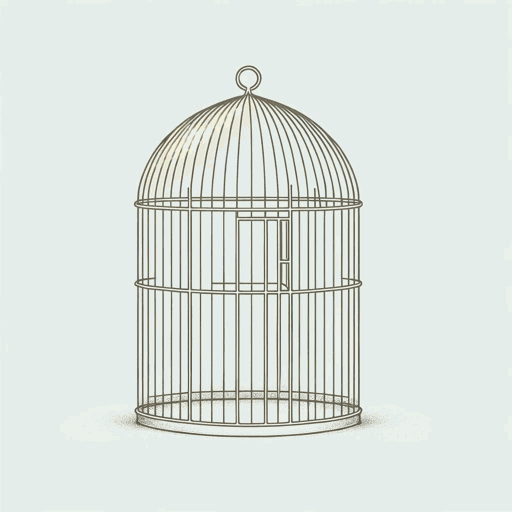52 pages • 1 hour read
Justin TorresWe The Animals
Fiction | Novel | Adult | Published in 2011A modern alternative to SparkNotes and CliffsNotes, SuperSummary offers high-quality Study Guides with detailed chapter summaries and analysis of major themes, characters, and more.
Themes
Fringe Society and the Effects of Othering
One of the ways Torres highlights the othering of characters in the narrative is through zoomorphism and animalistic behavior. The broad definition of zoomorphism includes art than envisions human beings as animals; in We The Animals, Torres does this often, though in ways often more figurative or metaphorical than literal. Behaviorally, both the boys and their parents consistently arrive as devolved or otherwise harboring characteristics more commonly ascribed to animals than people. The boys often thinks of themselves as a pack. They are described by the Old Man as both locusts and animals. Paps and Ma don’t care about being sensual/sexual with one another in front of their children—a trait more common to non-human animals than people. The boys, at one point, identify themselves as a hybrid of trolls and goats, and they are often foraging for food, and are often shockingly violent. Manny and Joel, at one point, say that they can smell the narrator’s “pansy scent” (105).
The othering of the narrator is most fully rendered in the novel’s climax and subsequent denouement. After his family finds his journal and discovers that the narrator is gay, the narrator figuratively morphs into an animal, clawing and scratching and explaining that he “said and did animal, unforgivable things” (118).


